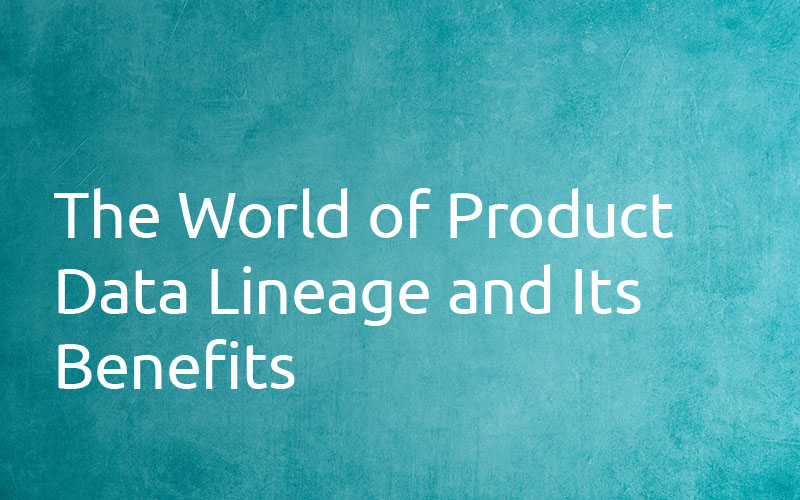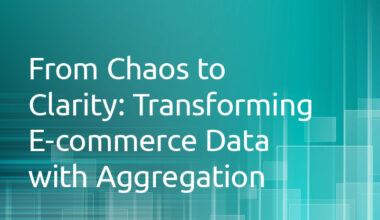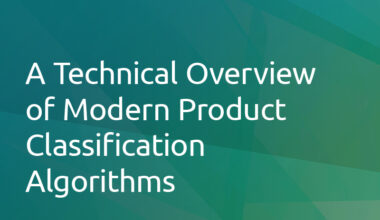In today’s world, e-commerce businesses are generating vast amounts of data every day. This data is critical to the success of e-commerce businesses, as it helps them make informed decisions about their products, customers, and operations. However, with so much data being generated, it can be challenging to keep track of where it comes from, how it’s being used, and whether it’s accurate and trustworthy. This is where data lineage comes in.
What is Data Lineage?
Data lineage is the process of tracking the journey of data from its origin to its destination. It involves documenting the flow of data through various systems, applications, and processes, as well as any transformations or modifications that occur along the way. Data lineage provides a complete picture of how data is being used within an organization, including its quality, accuracy, and reliability.
Benefits of Data Lineage
Data lineage offers several benefits to e-commerce businesses, including:
- Improved Data Quality: Data lineage provides visibility into the origin and transformation of data, making it easier to identify and correct errors and inconsistencies. This, in turn, improves the overall quality of the data and ensures that it is accurate and trustworthy.
- Increased Data Governance: Data lineage is a critical component of data governance, as it helps organizations ensure that their data is compliant with regulations and internal policies. It provides a complete picture of how data is being used, who is using it, and whether it is being used appropriately.
- Better Business Intelligence: Data lineage provides the context and insights needed to make informed business decisions. It helps organizations understand the relationships between different data sets and how they are being used, enabling them to identify trends, patterns, and opportunities.
- Improved Efficiency: Data lineage automates the process of tracking data, freeing up time and resources that can be used for more strategic initiatives. It also reduces the risk of errors and inconsistencies, which can be costly and time-consuming to correct.
- Enhanced Collaboration: Data lineage promotes collaboration between different teams and departments within an organization. It provides a common language and understanding of data, making it easier for teams to work together and share insights.
- Better Risk Management: Data lineage helps organizations identify and mitigate risks associated with their data. It provides visibility into the quality and accuracy of data, enabling organizations to identify potential issues before they become problems.
Implementing Data Lineage
Implementing data lineage requires a combination of technology, processes, and people. Here are some practical tips and strategies for implementing data lineage in your e-commerce business:
- Define Your Data Governance Policies: Before implementing data lineage, it’s essential to define your data governance policies. This includes identifying the types of data you collect, how it’s used, who has access to it, and how it’s protected.
- Choose the Right Tools: There are many data lineage tools available on the market, each with its own strengths and weaknesses. It’s essential to choose a tool that meets your specific needs and integrates with your existing systems and processes.
- Train Your Team: Implementing data lineage requires a team effort. It’s essential to train your team on the importance of data lineage, how it works, and how to use the tools effectively.
- Monitor and Maintain Your Data Lineage: Data lineage is not a one-time process. It requires ongoing monitoring and maintenance to ensure that it remains accurate and up-to-date. This includes regularly reviewing your data governance policies, updating your tools and processes, and training your team on any changes.
Comparing Different Approaches to Data Lineage
There are several different approaches to data lineage, each with its own strengths and weaknesses. Here are some of the most common approaches:
- Technical Data Lineage: Technical data lineage focuses on the technical aspects of data, such as how it’s stored, processed, and transformed. It provides a detailed view of how data moves through different systems and applications, making it ideal for technical users and data analysts.
- Business Data Lineage: Business data lineage focuses on the business aspects of data, such as how it’s used, who uses it, and how it impacts business decisions. It provides a high-level view of data, making it ideal for business stakeholders and brand managers.
- Automated Data Lineage: Automated data lineage uses machine learning and artificial intelligence to automatically track data lineage. It’s fast, accurate, and scalable, making it ideal for large e-commerce businesses with vast amounts of data.
- Each approach has its own pros and cons, and the best approach depends on your specific needs and goals.
Data lineage is a critical component of e-commerce businesses, providing visibility into the origin, transformation, and use of data. It offers several benefits, including improved data quality, increased data governance, better business intelligence, and enhanced collaboration. Implementing data lineage requires a combination of technology, processes, and people, and there are several different approaches to choose from. By understanding the benefits of data lineage and implementing it effectively, e-commerce businesses can make informed decisions and stay ahead of the competition.
If you’re interested in learning more about data lineage and how it can benefit your e-commerce business, reach out to us today. Our team of experts can help you implement data lineage effectively and ensure that your data is accurate, trustworthy, and compliant with regulations and internal policies.
 1.416.619.5349 Ext.325
1.416.619.5349 Ext.325 







